How To Fix Soggy Pizza Crust: Why Your Pizza is Soggy In The Middle
One of the most common problems when making pizza at home is a soggy or undercooked crust, especially in the middle. This sometimes happens even when the toppings are completely browned on top. So, what causes this and how can you fix it?
There are several different reasons why pizza crust becomes soggy in the middle. Here are a few of the most common reasons:
- The pizza wasn’t cooked long enough
- The crust is too thin in the middle
- Your pizza steel (or stone) wasn’t preheated long enough
- You’re not using a pizza steel (or stone) at all
- You didn’t let the pizza cool for a few minutes on a cooling rack before cutting it
- You added too many toppings relative to the thickness of your crust
But that’s not all. Let’s go over the top 12 reasons, ranked from first to last, of why your pizza base is coming out soggy in the middle, plus how you can fix it in the future. Crispy pizza crust awaits!
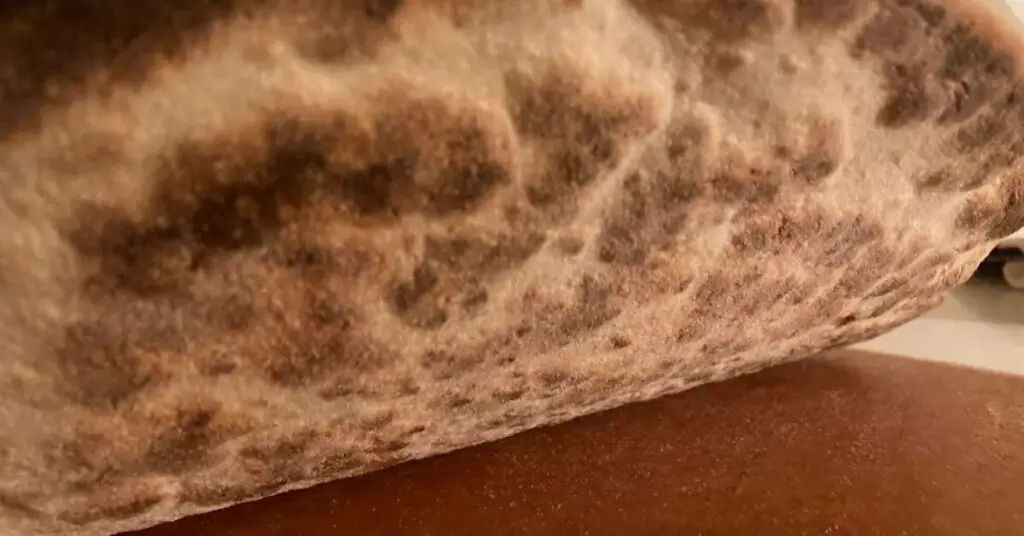
1. Make Sure To Cook Your Pizza Long Enough
This one sounds obvious but it’s not always easy to spot when you’re the one making the pizza. Your pizza needs to be baked long enough for the crust to eliminate excess moisture and form that crispy outer layer to avoid sogginess.
This usually happens because people are paying too much attention to the toppings and not enough to the crust. Most online recipes will tell you that the pizza is done when the cheese bubbles up and turns a deep brown color. But just because the toppings are done doesn’t mean the crust is.
Solution: Make sure to cook the pizza long enough, and check the bottom periodically to make sure it’s browning. If it isn’t, then the top of the pizza will overcook before the crust is crispy. If this happens, take the pizza out of the oven and finish it on a hot frying pan (or similar) to finish cooking the crust without burning the toppings. Placing the pizza on the bottom rack can help as well.
2. Don’t Make Your Crust Too Thin
Everyone loves a thin crust pizza, but they aren’t as easy to make as you might think. Very often, the dough has been stretched too thin for the amount of pizza dough and toppings you started with.
When this happens, you’ll often end up with a soggy, floppy, rubbery middle with brittle outer edges. This happens because the crust was completely saturated with moisture before it could become crispy.
Solution: Make sure you’re using enough dough when making thin crust pizza. If you’re making a 12 inch pizza, you should be using at least 225-250 grams of pizza dough. Anything less than this and there won’t be enough dough to form that crispy layer on the bottom that prevents sogginess.
3. Make Sure Your Pizza Steel (Or Stone) Is Hot Enough
This is another major mistake would-be pizza makers commonly make, and I’ve discussed it at length in an earlier post about pizza stones.
A pizza steel needs to be pre-heated for at least 1 hour at your oven’s maximum temperature in order to avoid a soggy pizza crust. This is because the steel needs adequate time to completely saturate with heat to be most effective.
To make a long story short, your pizza steel (or stone) is pretty much worthless if it isn’t pre-heated long enough. Imagine putting your hand in front of a hot radiator and feeling the warmth coming from it. Now imagine placing a cold stone between you and that heat – you won’t feel anything. But if you let that stone sit in front of the heat for an hour or so, you’ll start to feel heat radiating from the stone itself. This is exactly how a pizza steel works.
Solution: Pizza requires a very high heat, so preheat your pizza steel for 1 hour or more for the best results. Also, consider investing in an infrared thermometer so you can tell exactly when the pizza steel or stone stops getting hotter. This is the best time to start cooking your pizza to avoid sogginess.
Related Post: Why You Need To Preheat A Pizza Stone
4. Use A Pizza Steel or Stone To Add Bottom Heat
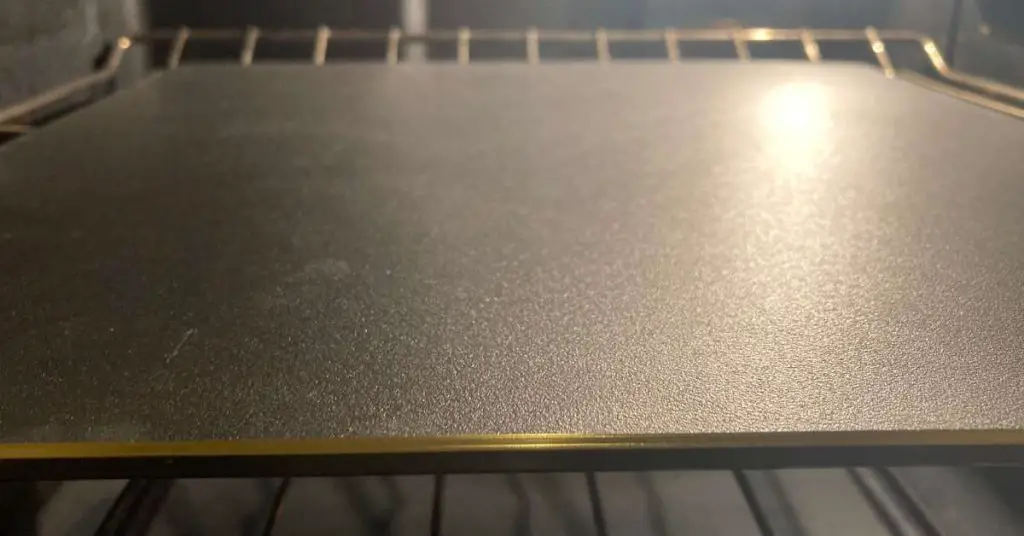
Using a pizza steel isn’t just helpful in making perfectly crispy homemade pizza, it’s essential. In fact, not using a pizza steel at all could be the reason for your soggy crust to begin with.
When it comes to making traditional pizza, a pizza pan (or even parchment paper directly on the rack) just isn’t hot enough to cook the crust fast enough before the toppings overcook. This is why pizza ovens have a flat stone surface that preheats to 700-900F before cooking a pizza.
A pizza steel (or pizza stone) works by emulating this in a regular home oven. Just preheat the steel for an hour or so, then slide your pizza onto it. As soon as the raw dough hits the hot steel, the crust instantly begins cooking and crisping before moisture from the toppings has time to seep through.
Solution: Invest in a pizza steel or pizza stone (steel work best). Preheat it for 1-1.5 hours then slide your uncooked pizza directly onto it using a pizza peel or parchment paper. The dough will start cooking immediately and produce a crispy pizza crust without a soggy middle within 5-10 minutes. If you absolutely can’t afford a pizza steel, use a pizza stone (less expensive) or a perforated pizza pan with holes in it (not ideal).
5. Let Your Pizza Cool On A Rack Before Serving
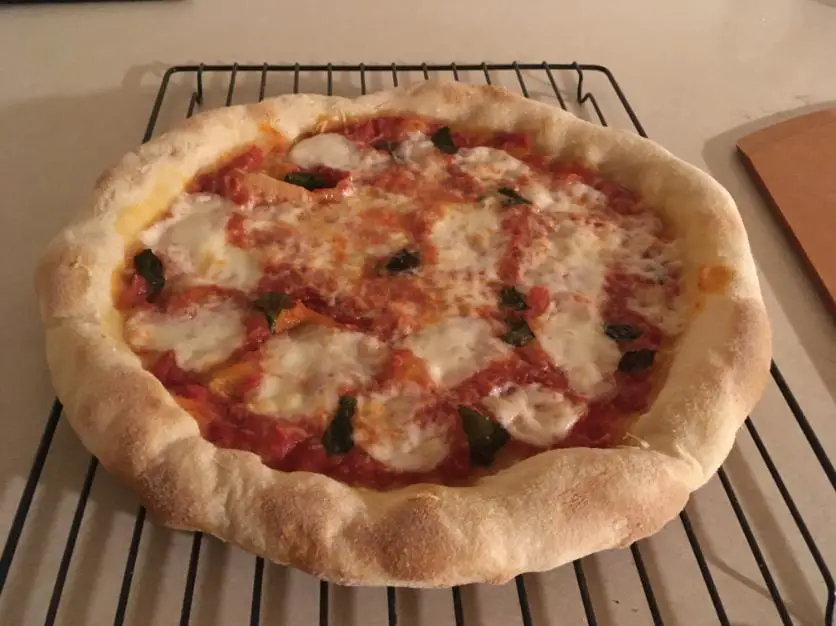
Sometimes you can do everything right and still wind up with a soggy pizza because you missed one small step at the very end. In this case, it’s not letting your pizza cool on a rack before serving.
When your pizza comes out of the oven, there is steam coming out from all sides. But when you place it directly on a flat surface, the steam coming from the bottom of the pizza has nowhere to escape and reabsorbs into the base making it soggy.
Solution: Allow your pizza to cool for 2-3 minutes on a cooling rack at room temperature before slicing and serving. This will allow the heat from the bottom to escape and prevents sogginess for a nice and crisp pizza.
6. Don’t Add Too Many Toppings
Using too many toppings is a primary culprit when it comes to soggy pizza. Even if you prepare and bake your pizza perfectly, if there are too many toppings for it to bare, it’s going to become saturated with moisture and get soggy.
This can happen whether you’re dealing with a thin or thick base – if the ratio of toppings to crust is unbalanced, you’re going to wind up with a soggy middle.
Solution: Go easy on the pizza sauce, cheese, and other toppings. For a 12 inch thin crust pizza, use no more than a 1/3 cup of tomato sauce and 80 grams of cheese. Otherwise, all that excess moisture will absorb into the base and prevent a crispy crust.
Extra Tips
7. Drain Out Your Fresh Mozzarella Before Topping The Pizza
Fresh mozzarella is one of my favorite pizza toppings. The creaminess of this kind of mozzarella really doesn’t compare to what you get out of regular low-moisture mozzarella that’s most common on American style pizza.
The drawback to all that freshness is a lot of excess liquids. Some people actually prefer dried mozzarella because there isn’t as much moisture, but the taste of fresh is always superior.
Solution: When you use fresh mozzarella, let the excess liquid drain from your mozzarella to prevent sogginess. You can do this by cutting up your mozzarella in slices and letting it dry on a paper towel or in a strainer.
8. Always Put Your Oven On The Highest Temperature When Cooking Pizza
Different pizza styles are cooked at different temperatures. For example, a Neapolitan style pizza is always cooked at around 900F in a wood-fired oven. On the other hand, many NYC style pizzerias cook their pizzas in a lower range from 450F to 700F.
In a regular home oven, the maximum temperature setting is generally 550F, but don’t assume that your oven will actually reach this temperature in reality. I’ve done many tests, and in general even expensive high-end home ovens rarely reach their stated temperatures, and sometimes miss them by 50F or more.
If your oven isn’t set hot enough, this will prevent the bottom from crisping before it saturates with moisture or the cheese burns.
Solution: Always set your oven to the maximum temperature to avoid a soggy pizza crust, even if your recipe only calls for 450F. And if you’re monitoring the pizza closely as it cooks, there’s little risk of burning it in any case.
9. Par-Bake Your Pizza Crust For An Extra Crispy Crust
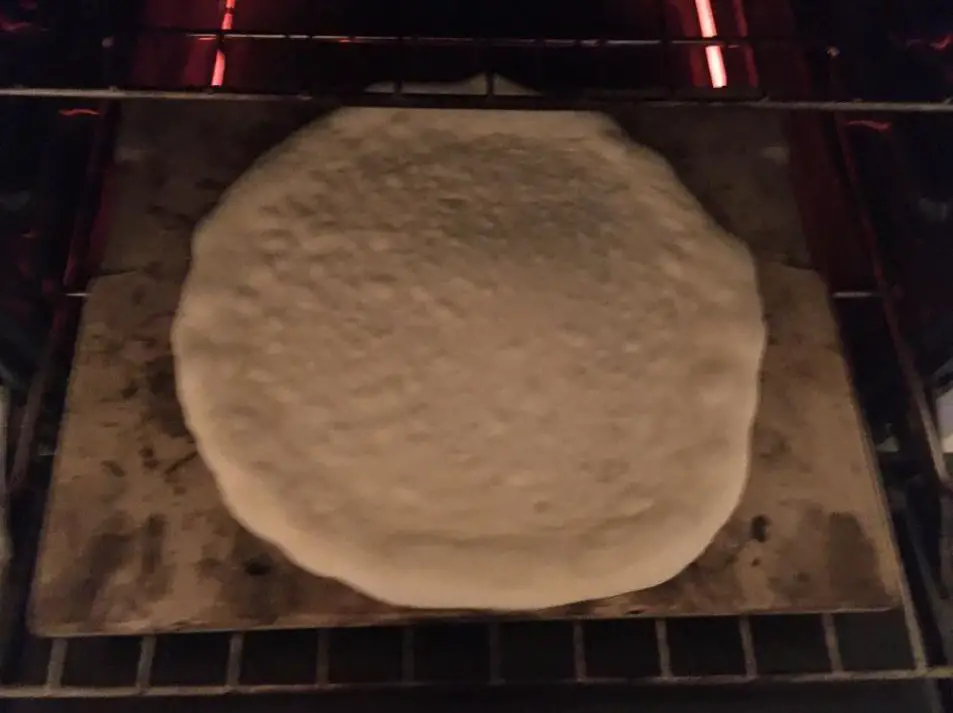
Par-baking is something that is very underappreciated in American pizza making circles but is standard procedure in Italy.
Home ovens simply don’t get anywhere near the temperature of a professional pizza oven. And for this reason, it takes a lot longer to fully bake a raw pizza dough into a fully formed pizza crust, especially when it’s covered in sauce and toppings.
Solution: If you find your crust isn’t cooking as fast as your toppings, try par-baking the crust for a few minutes first to create a seal that moisture can’t seep through. Then, you can safely add as many toppings as you like and still get a crispy crust.
10. Stretch Your Pizza Dough Evenly
When you top your pizza, everything should be evenly spread throughout. But this can only happen when the dough itself is stretched evenly and without any holes or weak spots.
Pizza dough that isn’t spread evenly will end up with weak spots where the sauce and cheese can collect and potentially seep into the crust, making it soggy.
Solution: Always stretch your dough carefully, and preferably by hand. This will ensure that your crust is strong and will help prevent grease and moisture from seeping through.
11. Follow The Recipe Carefully
Making pizza is serious business, and the same goes for any other kind of baking as well. It’s much more of a science than an art form and most recipes are carefully calculated in terms of the ratio of ingredients.
This is why it’s super important to always follow your recipe carefully, and if you’re changing it you should know what you’re doing and be familiar with things like baker’s percentages.
Solution: Start with a good pizza dough recipe and use a digital kitchen scale to make sure you’re using the right amount of flour and water. This is a sure fire way to avoid a soggy crust.
Final Thoughts
And there you have it – 12 easy mistakes to look out for that are making your pizza soggy.
So if you’re struggling to deal with soggy pizza just keep these tips in mind. But ultimately, if you’re making sure your oven is hot enough, your toppings are few enough and your pizza dough is strong enough – you should be fine. Especially if you’re using a pizza stone or steel.
Do you have any tips or stories about dealing with soggy pizza? Let me know in the comments below.


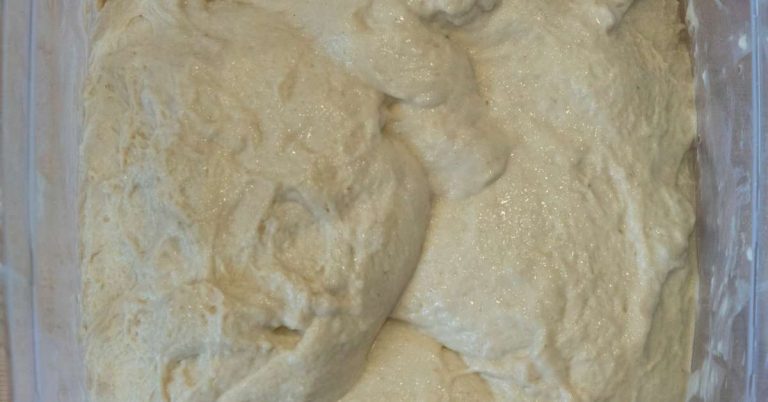
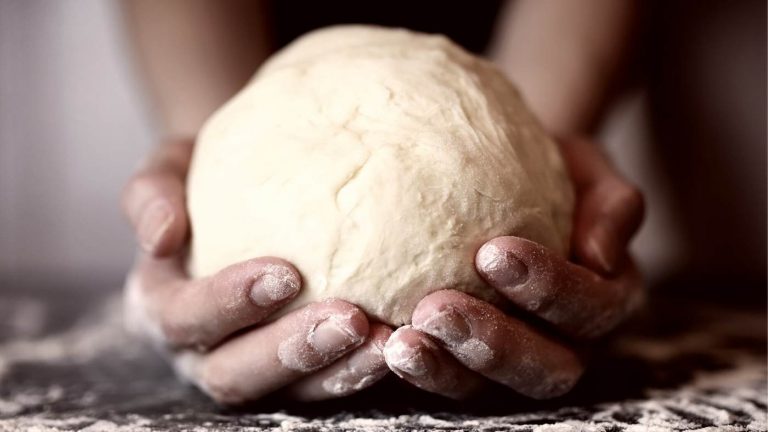
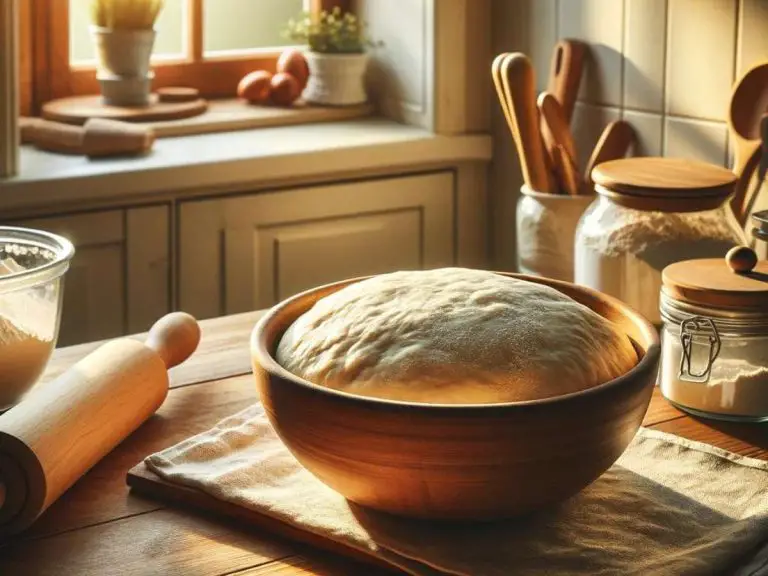
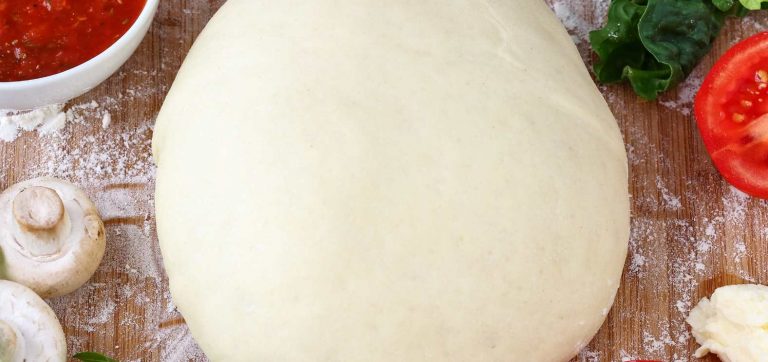

Can you fix an undone pizza crust after making a pizza??????
Good question, Bonnie.
If you’re baking on a stone, you can take the hot stone out of the oven and let the pizza sit on it for a few minutes so the bottom crust cooks without overdoing the toppings.
If you don’t have a stone, you can place the pizza right on the bottom rack above the heating element set on high. Leave the oven door open so as not to overdo the toppings. If the crust is really soggy you can put it on parchment paper so it doesn’t slip through the cracks.
Either way, let it cool on a cooling rack afterwards for a few minutes.
Hope this helps, but keep in mind if there’s too much sauce or the crust is too thin for the amount of toppings, it’s really difficult to crisp it back up. So you might need to adjust your recipe.
What a delight to hear solutions to my problem! Thank you for sharing your experience.
Happy to help!
Hi, I make a lot of pizza at home my problem is my dough crust gets too brown for me. I tried to lower the oven, but that does not work. Please help, I like it to stay light and chewy. Thanks I like all of your tips. -Lois
Hi Lois. If your pizza crust is getting too brown and hard, you’re probably leaving it in the oven too long. Counterintuitively, a lower temperature will actually require a longer bake, which dries out and darkens the crust over time.
If you’re using a pizza stone, make sure the stone is preheated for at least 1 hour at the maximum temperature. Slide the pizza onto the stone and take it out when the crust is golden and the cheese is bubbling (but not burned). You goal is to cook the pizza as quickly as possible to avoid burning it, which requires a very hot oven.
Also, if you’re not already, try either my 70% hydration or poolish pizza dough recipes. Each of those recipes will have enough hydration to stay moist and chewy after baking.
Good luck!
I usually put the pizza dough and stretch it directly onto the pan then start topping.
My dough is not firm enough to transfer onto the pan Should it be that firm?
If your pizza dough isn’t firm enough to transfer to a pan after stretching, it probably needs more kneading or resting time. Generally speaking, if the pizza dough has a fully formed gluten structure, it should be able to handle being moved around a bit.
That said, if you’re using oil to stretch your pizza dough, like with a deep dish style pizza, then I recommend stretching in the pan itself like you’re doing.